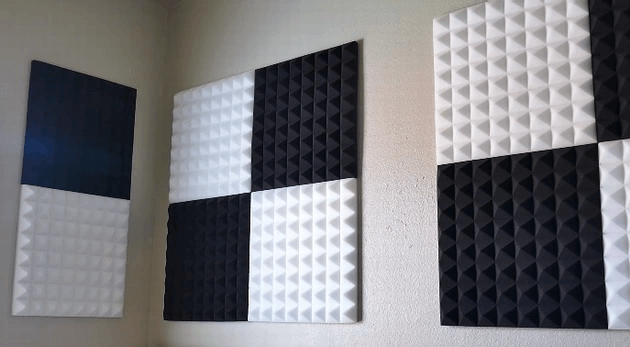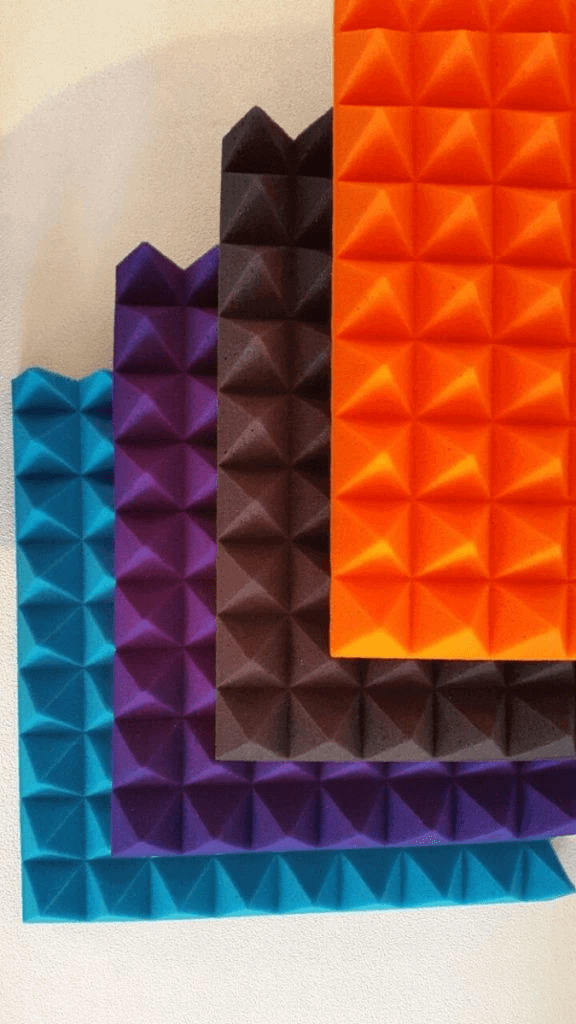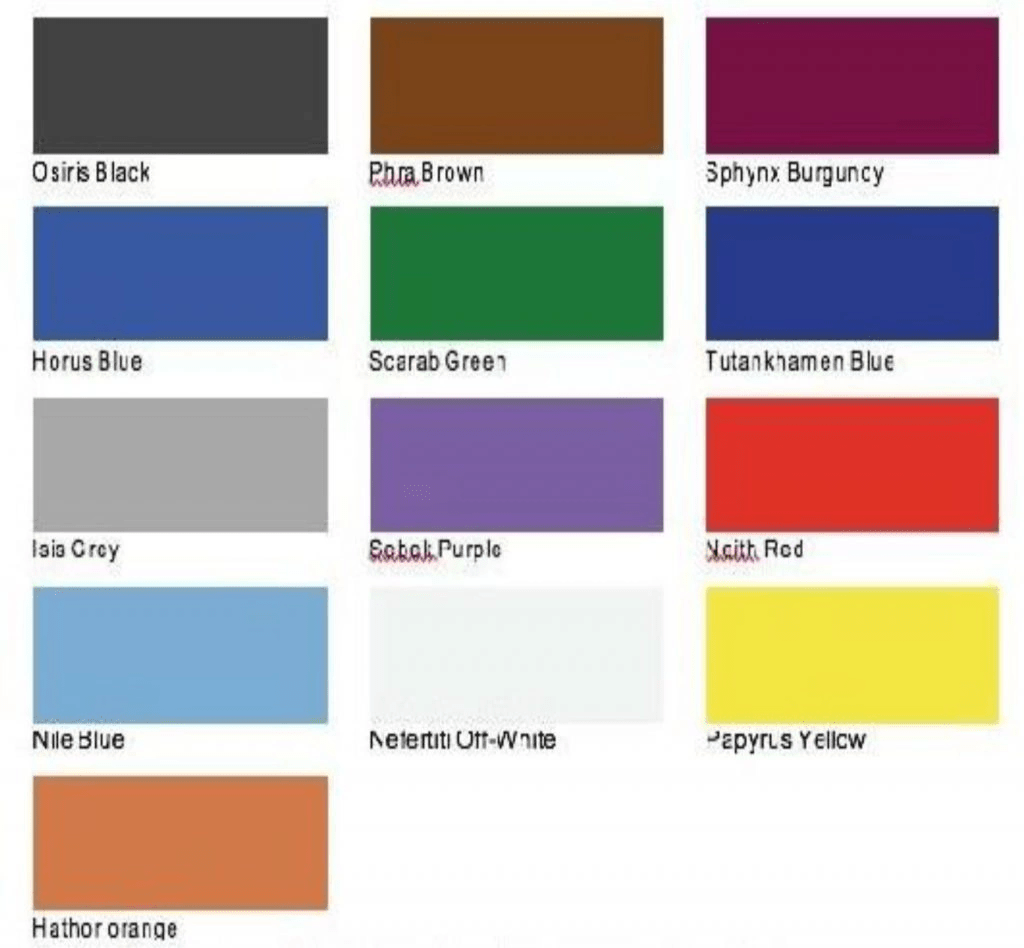Acoustic Foams – Do Acoustic Foams Work?
When in the comfort of home, many of us have heard noises coming from the street outside or from the loud volume of television programs from our neighbours. The opposite may be true; neighbours complain about the barking of your dog that interrupts their sleep at night. This is because sound vibrations naturally pass through air — and walls. Different frequencies of noise enter and exit our premises, and we can obstruct these sound waves by constructing a soundproof room with the right acoustic foam.
In some places, especially when there are environmental concerns in the area, they are already required to install acoustic foams. Places like home theatres, manufacturing facilities, schools, churches, synagogues and temples, equipment warehouses, corporate offices, gymnasiums, and auditoriums get the same treatment. Additionally, this is planned as early as in the construction phase of the project.

But then comes the big question: do acoustic foams work?
To figure that out, let’s get to know more about acoustic foams, including its pros and cons.
Pro: Reduce noise pollution
Just like light, sound waves can pass through even the smallest hole or opening in holes, walls, or any material. Acoustic foams are installed to reduce noise pollution as they remove echoes and background sounds not by blocking the sound but by absorbing it. Acoustic foams are used to control the reverberation sounds make. In fact, this is quite different from soundproofing.
Pro: Enhance sound quality

Acoustic foams are cut in tiles with pyramid or wedge shapes. They work not only to absorb sounds but also to enhance the quality of sound and speech in a room. Dealing with both mid and high frequencies at the same time, acoustic foam is also a type of cost-friendly heat reduction facility. Usually, we place them in corners of the room as bass traps to minimize sound echoes.
Reducing the amplitude of the waves, acoustic foams dissipate the sound energy as heat. To enhance this effect, there must a good measure of air gap between the foam panels and the walls. This uncovers a wider surface area of the foam panels to incident waves thereby expanding the amount of absorption.
Pro: Improve a room’s design

Most homeowners consider acoustic foams for their music studio or work areas. This is so they can have more privacy and concentration in doing their task or craft. Acoustic foam is commonly made from open cell polyurethane foam. Therefore, it can provide better aesthetics looks when it comes to room designs.
There are a variety of colors and textures of acoustic foam. Additionally, you may want to incorporate the theme to your home’s interior design. Some people choose to apply a contour effect to add sophistication and elegance in the room. Acoustic foams also are available in different sizes and thickness and these can be attached to walls, ceilings, doors and other features of a room.
Acoustica Projects’ very own Cheops® panels are available in 14 attractive colors, which will surely improve your room’s aesthetics!

Con: Fire properties
One drawback of using conventional acoustic foam is that it has fire properties. Because the acoustic panel is composed of mainly polyurethane, it releases a high smoke level when burned. Hence, this material may not be safe for the occurrence of fire.
There’s no need to worry, though. Acoustica Projects’ Cheops® panels are fire-rated (Group 1 AS 3837). This could be the solutions to fire properties of acoustic foams. Additionally, these acoustic foams are easy to install, resistant to microorganism, and environmentally friendly.
The Cheops® pyramids FR can be installed to most common substrates via standard construction adhesive such as liquid nails (water-based are recommended) and clear or white all-purpose silicone. This product is easily cut to adjust to the area of application, and requires no special tools.
The melamine foam is resistant to micro-organisms according to DIN 53 739. This means that this melamine foam contains no sustenance for fungus or bacteria.
Last but not least, Cheops® Pyramids FR is eco-friendly and fibre free. The panels support safer indoor air quality and will not become a potential airborne pollutant.
Con: Not effective when incorrectly placed
Another disadvantage is when the acoustic foam is not placed right or when a gap is left unsealed. Often homeowners decide to follow basic instructions per an online guide, but this may not be enough. When incorrectly placed, the acoustic foam does not absorb much sound and it tends to just bounce or reflect back the sound waves from one wall to another. Hiring professionals can guarantee that acoustic foams will work to its full ability.
Acoustica Projects Sydney and Newcastle provide the best noise-controlling solutions in Australia for any purpose and need – including acoustic foams. After all, noise-controlling and soundproofing could prove to be complicated. Therefore, it is better to leave the hard work to acoustic professionals to make sure you will not be paying more for a mistake that could have been prevented.
Conclusion

Before designing a room, it is important not only to look after the leaks, flooring, wall paint, ceiling height, and many of the fixtures. To treat and control sound coming in and out of the room, you know that setting up curtains is not the brightest idea. Rather, installing acoustic foams that attenuate airborne sound waves should be part of the plan from the start to effectively eliminate resonance within the room. It is an inexpensive way to soundproof the walls or decrease the volume of the desired area in your home.
Call us 1300 498 268
Email us – enquires@acousticaprojects.com.au
Source: triplepundit
